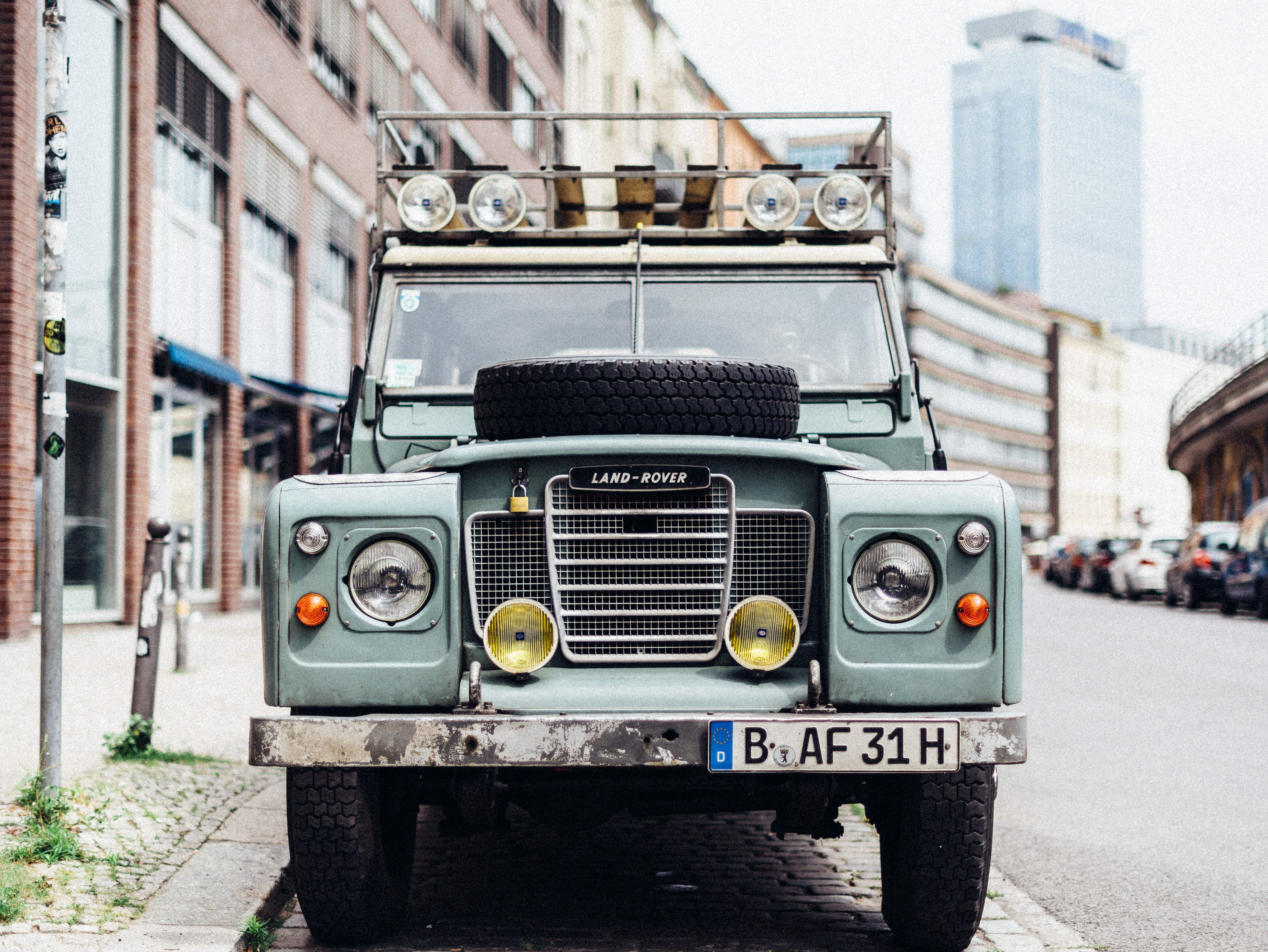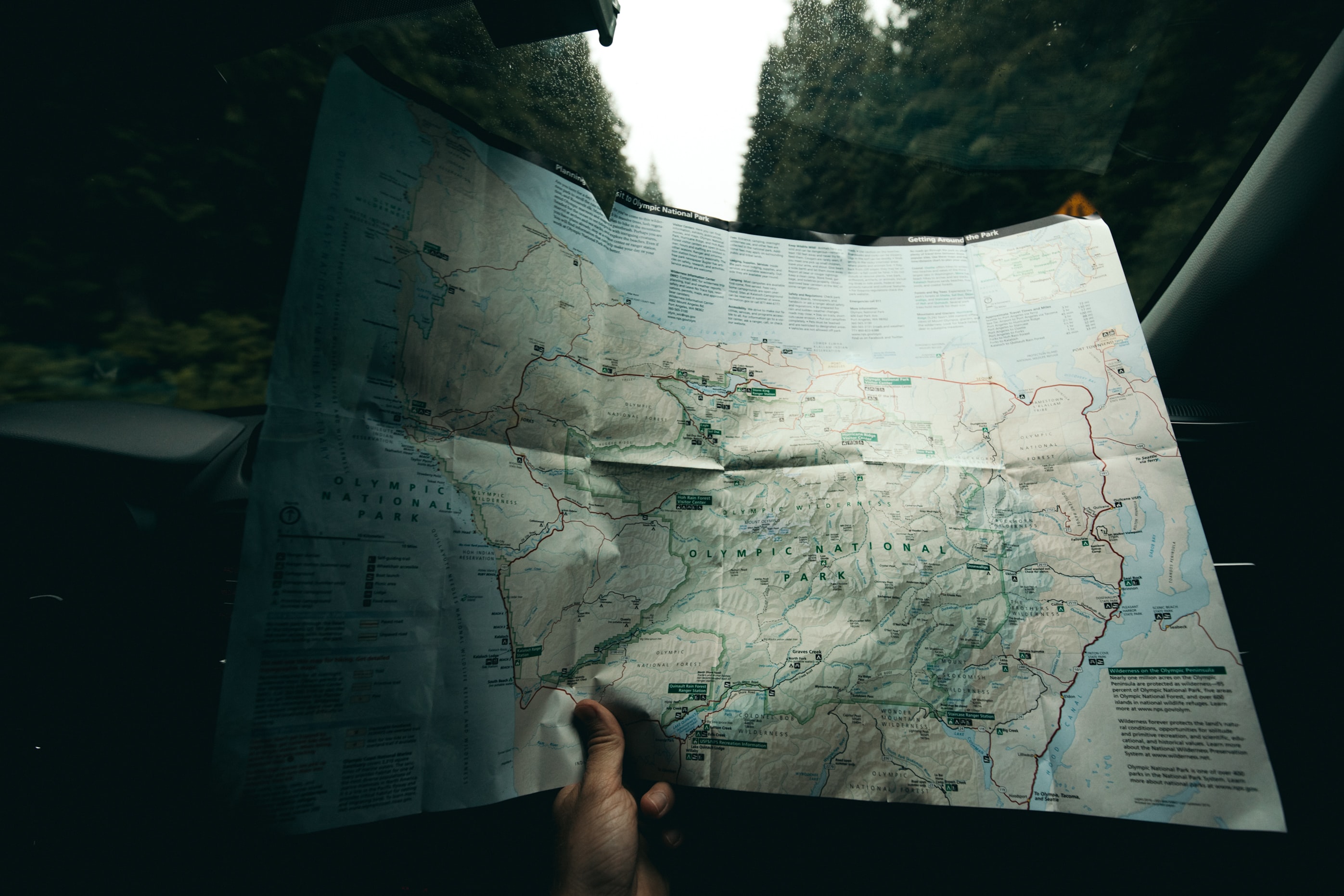
It’s become epically clear that far-flung international travel isn’t going to be as common as it once was for quite some time. Four-hour wait times to get on a plane are going to be the norm, with maybe as much as twice that to get out of an airport when you arrive. That’s before you take into account that most international travel is going to require a 14-day quarantine on arrival and once you return home, as per the CDC; or consider which borders are even going to be open to tourists from the US. (For example, it’s looking more and more like Europe will only be allowing internal tourism for the rest of the year.)
With international travel pretty much off the books for the rest of 2020, it’s time to look to the highways and byways of the ol’ US of A to get your travel fix (assuming you’re lucky enough to get a couple of weeks of vacation this year and feel able to afford it). That means the Great American Road Trip is back in a big way. A chance to see our ever-changing nation in a time of massive upheaval, use your tourist dollars to support struggling communities, and get a little elbow room as quarantine winds down. A chance to stay socially distanced without going fully stir-crazy.
That being said, traveling around the U.S. isn’t going to be a cakewalk. Different states are in very different stages of the pandemic. Ultimately, it falls on you to know what is going on where to make sure you’re not exacerbating already tenuous situations. That means don’t travel (for recreation) to a place that has an active shelter-in-place or stay-at-home order. Period. Don’t travel if local communities don’t feel ready to welcome travelers, either. The age of playing the “ignorant tourist” is gone. You’ve got to be savvy, thoughtful, and attentive to the situation on the ground if you’re going to hit the road at all.
The list below offers up information to consider and supplies to have on hand for a road trip this summer. Happy (and safe) adventuring!
PART I — WHAT TO KNOW

Know Where You Can and Can’t Go
As we mentioned above, different states are in different stages of the pandemic. There’s no single answer to where you can go. Local is probably the best bet, especially if you’re already in the west — where there’s a crazy amount of BLM land at your disposal.
A big part of deciding where to head is knowing how state borders are operating. California, for instance, still has inspection checkpoints at its border for agricultural products. They’re called California Border Protection Stations and they generally are only looking for any outside fruits, vegetables, lumber, and so forth to stop diseases from spreading between ecosystems. But it’s worth noting that they have the legal authority to stop you from entering for any reason.
Comparatively, some parts of Indian Country have closed roads into and through their nations to protect them from outsiders spreading COVID-19 to their very at-risk communities. These might well be roads that cut across a state that you were planning to take. So do your research and reroute where necessary.
If you’re planning on hitting up a state or national park in your state, you’ll also need to check on the park’s website to see what’s open and what’s available before getting in the car. Recreation.gov is a good resource for planning and budgeting for a road trip.
Get Tested Before You Go And When You Get Back
This is a little more difficult, given the lack of wide-spread testing available in the US. Still, in reality, you probably shouldn’t go anywhere unless you’ve been tested for COVID-19. CVS is now offering rapid testing in some locations. And it’s essential that you not travel if showing coronavirus symptoms. It would probably also be wise to get tested when you get home.
In the same vein, you should absolutely keep a diary of every single place you stopped on your trip in case you do pick up the virus. Tracing is crucial to fighting this pandemic.
Check Into Travel and Road Insurance
Auto insurance groups like AAA offer regional-specific road-travel insurance that covers road trip-specific insurance needs. They also offer mechanics, a long list of discounts, and free travel planning. They’re basically selling peace of mind and that’s something that’s in short supply right now. In the end, they’ll help you save some cash on everything from meals to gas to attractions.
Stick To Your Household As A Crew
This is not the time to load up a crew of Merry Pranksters and drive a bus around the country. Stick to your household and significant other(s), or go solo. You’re going to need to adhere to social distancing rules on the road too. It should be obvious, but the more people traveling with you in a car means more points of contact before, during, and after the trip.
Make A Real Plan and Stick To It
While it’d be nice to pretend we can just whimsically let the road take us wherever it leads, it’s just not realistic right now. The CDC notes that you need to know where gas stations and watering holes are, be aware of road closures, and plan where you’re going to sleep.
From camping in National Parks to roadside motels, you cannot just expect any place to be open. Many parks still have pretty strict restrictions on camping and there are plenty of places where hotels are still closed or will be again as the pandemic ebbs and flows from place to place.
Know where you’re going and, maybe most importantly, have a backup plan. Also, don’t be afraid to sleep in your car in a pinch.
Make Sure You Have A Reliable Ride
Again, this should be obvious. But, yeah, just make sure you trust that your ride will actually get you where you want to go and back. Renting a car is always an option if you can afford that in your budget. Otherwise, change the oil, top up the fluids, check the air pressure in your tires, make sure you have spare, give it a wash. Being stranded is not fun in the best of times. In this scenario, it’s literally a nightmare.
PART II — SUPPLIES

Social Distancing and Cleaning Supplies
Bring along plenty of hand sanitizer. Make sure you have enough masks too, as you likely won’t be able to wash masks on the road. The efficacy of gloves has been questioned, but sanitizing wipes can be a great single-use option for gripping doors, etc.
The CDC has a list of recommended supplies to bring with you on the road, that list is as follows:
– Prepare food and water for the road. Pack non-perishables in case restaurants and stores are closed.
– Bring any medicines you may need for the duration of your trip.
– Pack a sufficient amount of alcohol-based hand sanitizer (at least 60% alcohol) and keep it in a place that is readily available.
– Book accommodations in advance if you must stay somewhere overnight.
– Plan to make as few stops as possible, but make sure you rest when you feel drowsy or sleepy.
– Bring an EPA-registered disinfectant and other personal cleaning supplies.
A Physical Road Atlas
Yes, we all have maps on our phones. Still, there are huge swaths of America’s backcountry that don’t have decent cell coverage. It’s never a bad idea to have a physical road atlas in your car somewhere. Moreover, it’s not a bad idea to get a regional map of where you’ll be, just in case.
COVID is bring ing about the new era of resilience and self-reliance — honor that and be prepared.
A Cooler & Picnic Supplies
You’re going to want to minimize how often you put others in contact with you. While tourism is highly dependent on you eating at restaurants in the places you’re going, maybe limit that to one meal a day instead of every meal on the road. In that case, stock a cooler with breakfast or lunch foods you can eat on the side of the road or at a picnic table (if a park is open).
We’d argue not to skimp here. A great cooler should last a lifetime but you have to pay for it. But, then, you never have to worry again about a good cooler either. If you want to go all-in, people lost their sh*t over Yeti. It’s tough to find a better cooler on the market these days.
As for picnic supplies, expect most of your meals to be taken to go. A little dishware, some blankets, and a pillow or two can really upgrade a roadside meal. If that’s your speed, you’ll need a little roadside washing station too. Of course, the easiest road trip play is to eat only wraps — turkey wraps, bean wraps, etc. Keep it easy and quick.
Refillable Water Bottles
Never go without water. Refillable bottles can be filled at gas stations, grocery stores, parks, and even breweries. You can also grab some beer from breweries if you have growlers.
The point is not to rely on case after case of single-use bottled water. This is a new era and a chance for all of us to travel greener.
Non-Perishable Foods
Even if you have a cooler, it’s still smart to stock up on some non-perishables. Vegan protein bars, buffalo jerky, trail mix, a pound of peanut M&M’s … you do you. It’s important to have some fast and easy energy on hand while you’re driving.
Games
A deck of cards and a cribbage board can go a long way while you take a break from driving. It’s good to play games on breaks to give your brain something else to do besides stare at the road.
Magic the Gathering more your speed? Cool. Chess? Awesome. Rummy? Go for it!
Then there are in-the-car games while you’re actually driving. 20 Questions, While You Were Sleeping, Word Association, and so on are tried-and-true ways to pass the hours on the road.
Music
Definitely make a playlist or two or three. And go deep with it. I once made a playlist of original songs sampled in ’80s and early ’90s hip-hop that was a hit on a road trip across South Dakota. Get creative and have fun. Or maybe download The Las Dance playlist. Or dive into Van Morrison. You’ll figure it out.
An Open Mind
There was a time in American culture, a few months back, when we all seemed to immediately judge one another based on perceived ideology. These days, there are far too many unknowns for anyone to make snap judgments. Instead, slow down. Ask questions. Locals in Portland are wearing masks the second they go outside. In SoCal, they’re mostly reserved for stores. Use your better judgment if that makes you more precautious than the local populace. Otherwise — at the very least — observe local precautions.
Remember, that travel is all about broadening your perspective. On a road trip, part of that means gaining understanding of how others are managing COVID-19.
